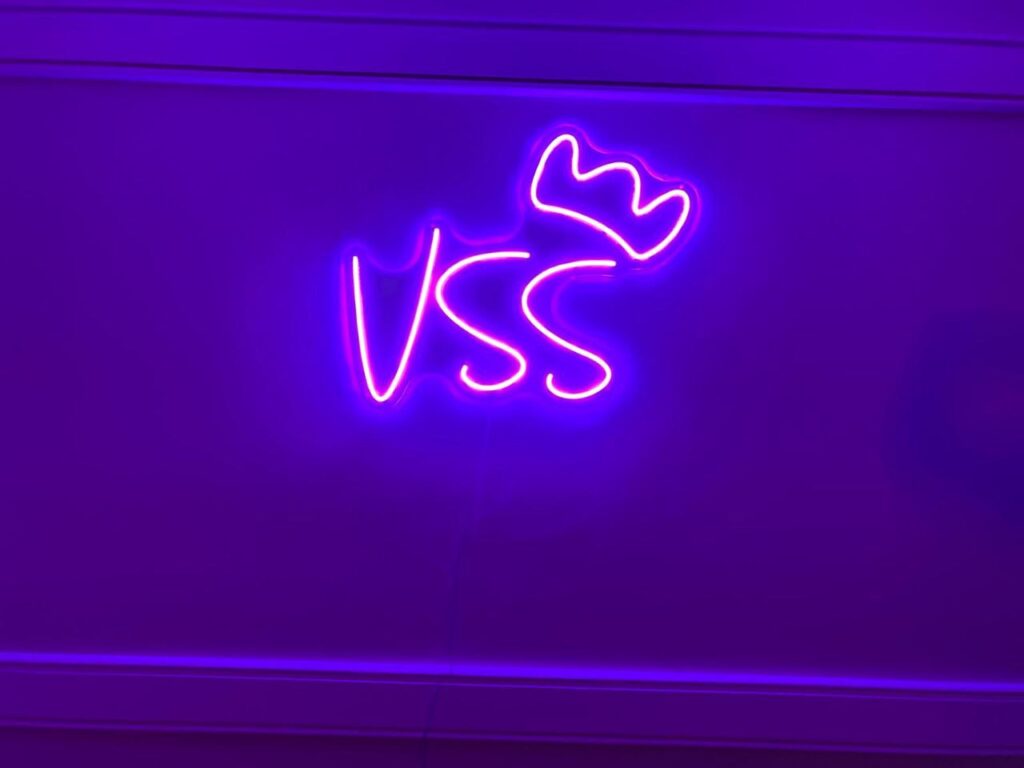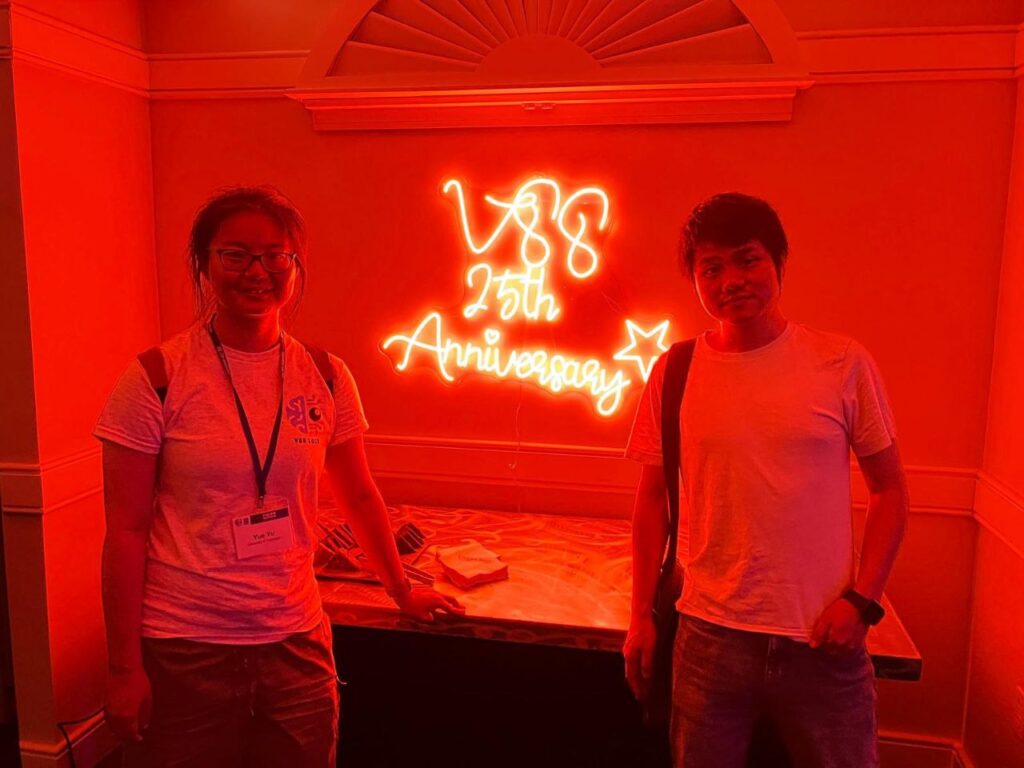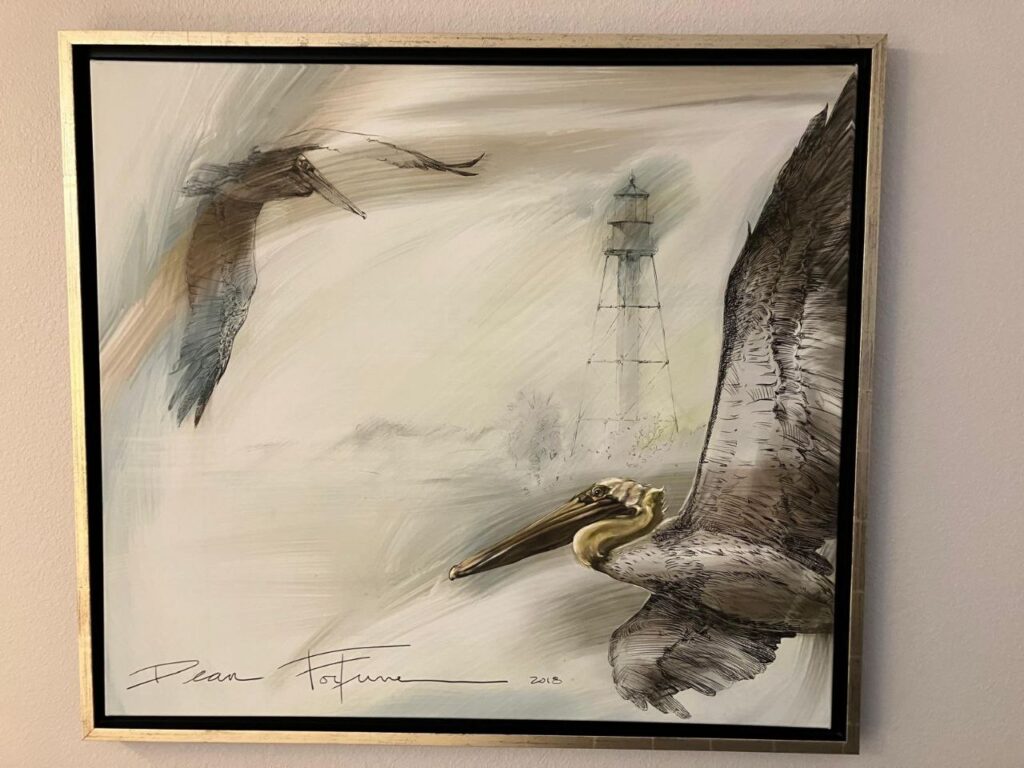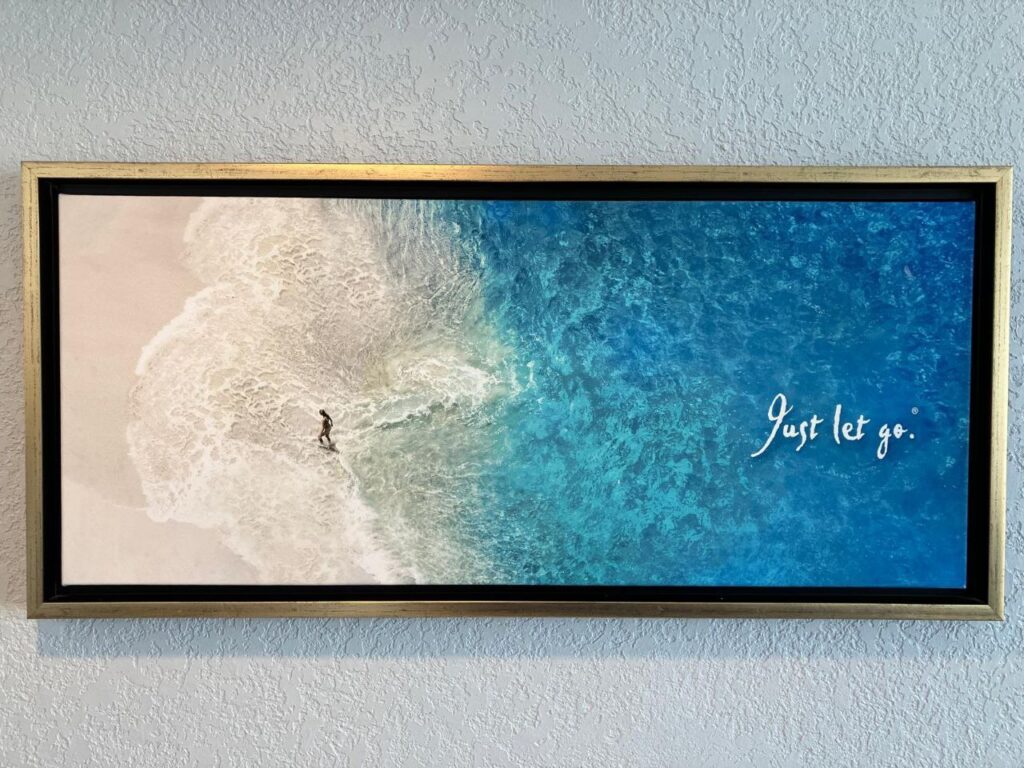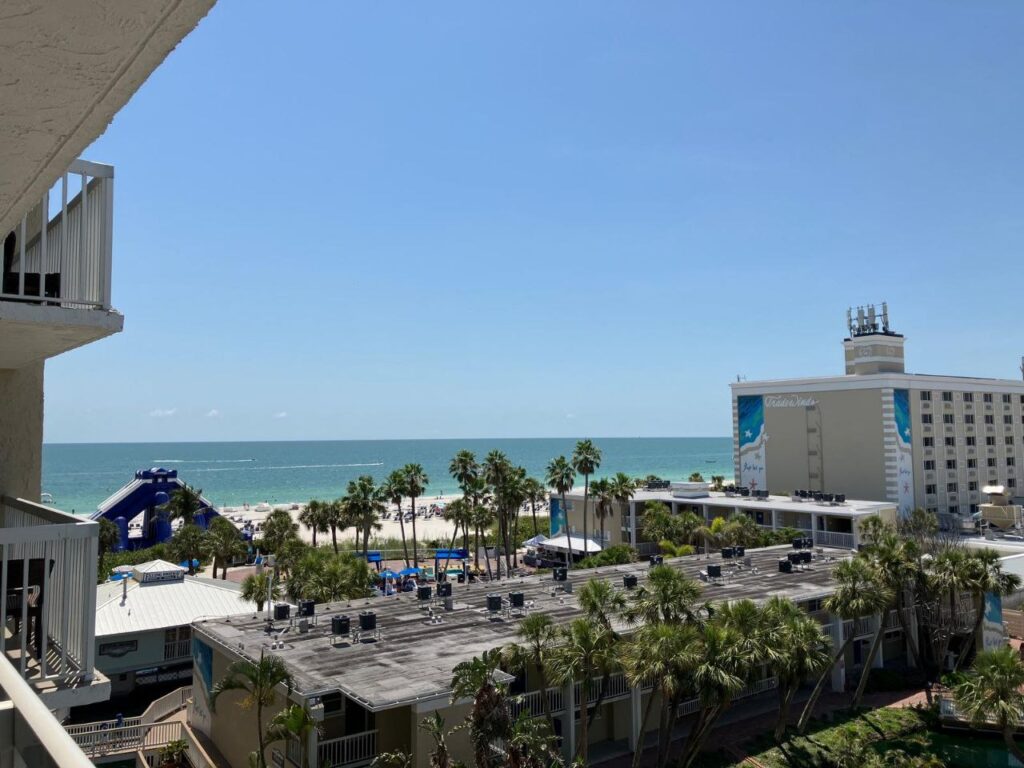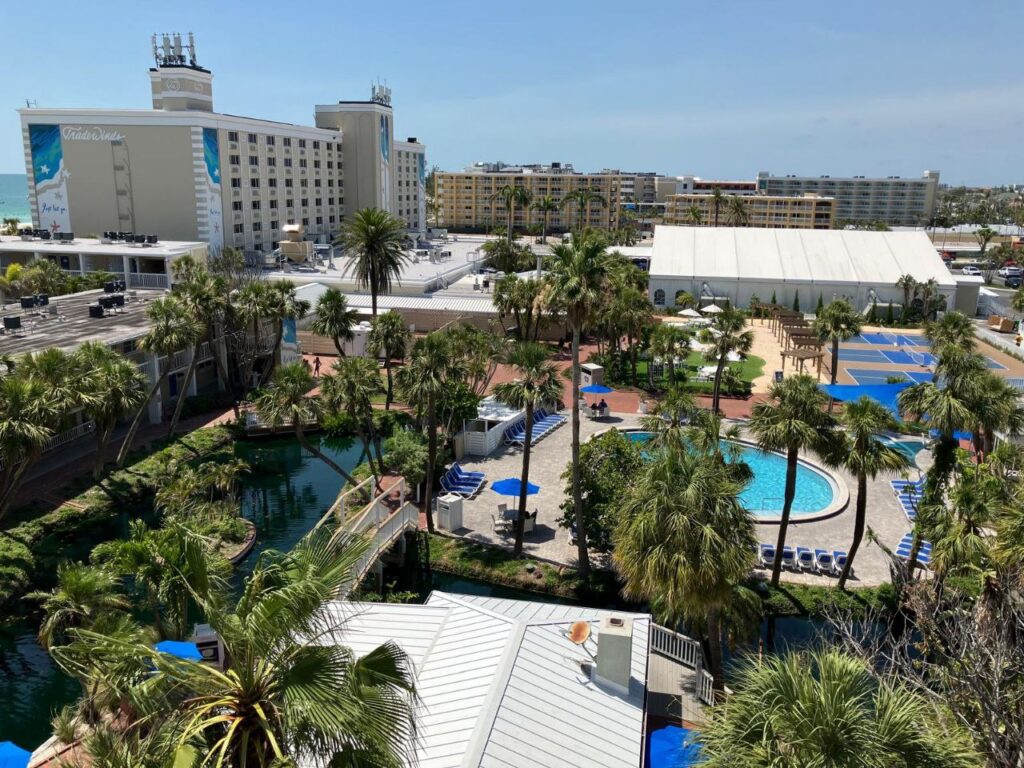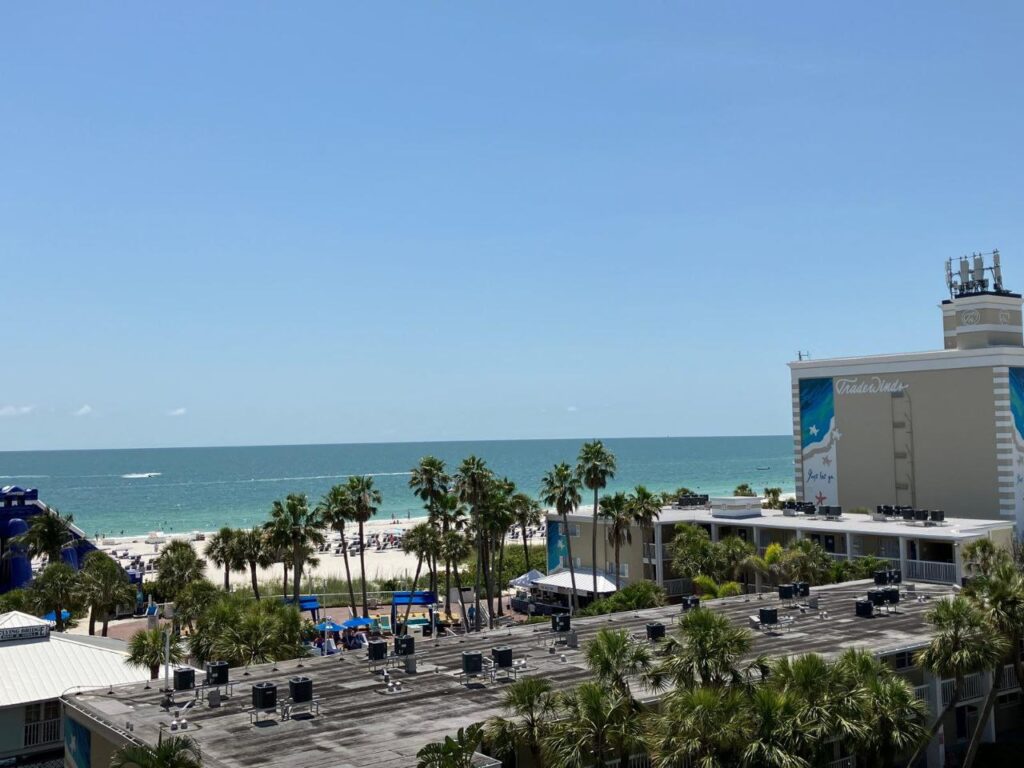
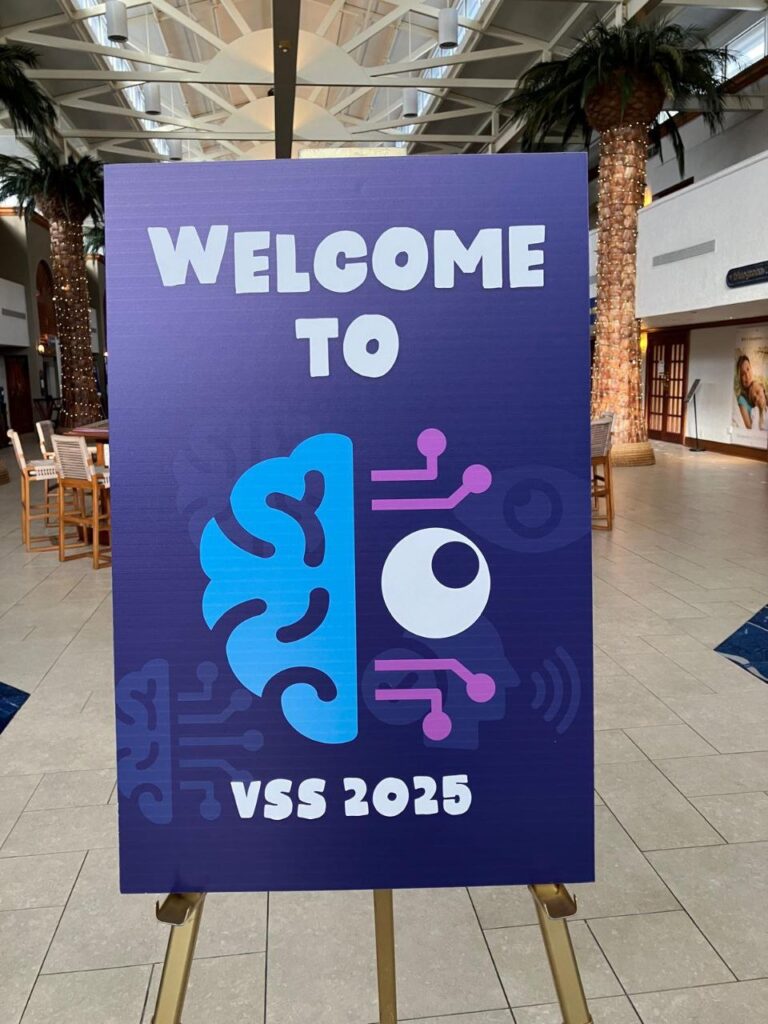
Our lab participated in this year’s Vision Sciences Society (VSS) Annual Meeting. The meeting was special because it commemorated the 25th anniversary of the society.
Our lab had three different presentations at the conference.
In the first, Tanya described neuronal activity in the superior and inferior colliculi when the primary visual cortex (V1) was inactivated. In our recent work, we found that V1 inactivation impairs a reflexive oculomotor phenomenon called “saccadic inhibition”. However, when uninformative sounds accompany a visual stimulus, the phenomenon is curiously restored! We think that this helps clarify a mechanism for multi-sensory stimulation in clinical rehabilitation strategies for patients of cortical blindness. In the current work, Tanya recorded subcortical brain activity with and without the sounds. She found that there was a latent visual signal in the superior and inferior colliculi that was activated by spatially uninformative sounds, even though V1 activity was absent. She also found that the effects were amplified with an active task in which subjects attempted to “look” at the stimuli that they did not see in the cortical scotoma. These results indicate that latent visual signals bypassing V1 are able to reach the superior and inferior colliculi, which is good to know given the roles of these structures in active orienting.

Then, Yue gave an outstanding talk on dynamic scene representation. She compared the temporal filters of superior colliculus (SC) and primary visual cortex (V1) neurons. She found that SC temporal filters were generally much faster than those of V1 neurons. However, curiously, there were stimuli for which V1 temporal filters were much faster than even the fast SC filters. This was fascinating. After further investigation, Yue found that V1 neuron temporal filters really depend strongly on the specific image feature being viewed. If the image feature has fast temporal bandwidths in natural dynamic scenes, then the V1 temporal filters become super fast. On the other hand, if the image feature has slow temporal bandwidths in natural dynamic scenes, then the V1 temporal filters are slow. As for the SC, its neurons’ temporal filters have the same relatively fast characteristics, regardless of image feature. These results suggest that V1 neurons favor scene analysis, and exhibit a kind of efficient coding (in which the neurons’ temporal filter properties are in tune with the temporal characteristics of dynamic natural scenes). In contrast, SC neurons favor salience detection and the recruitment of rapid orienting responses.
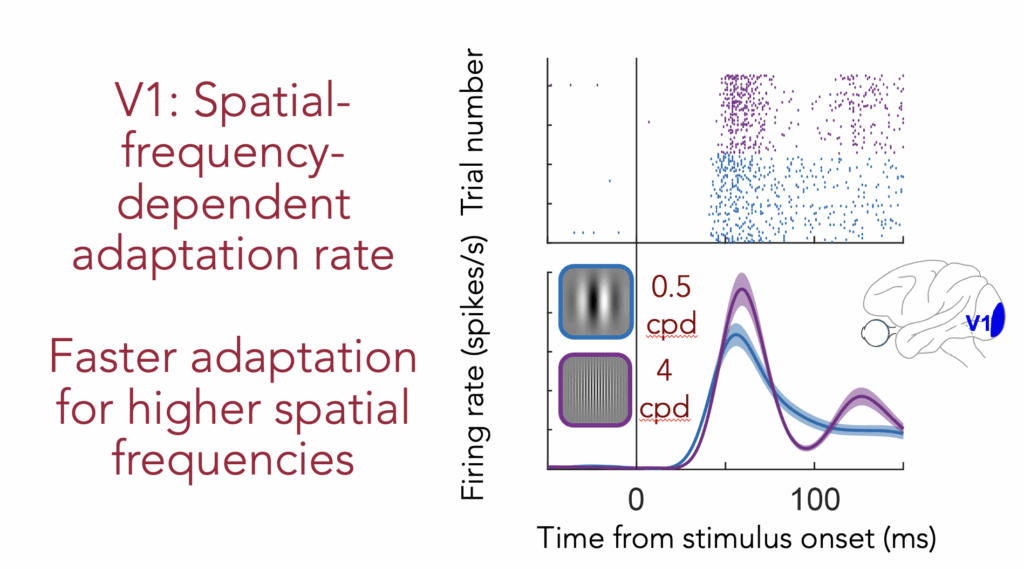

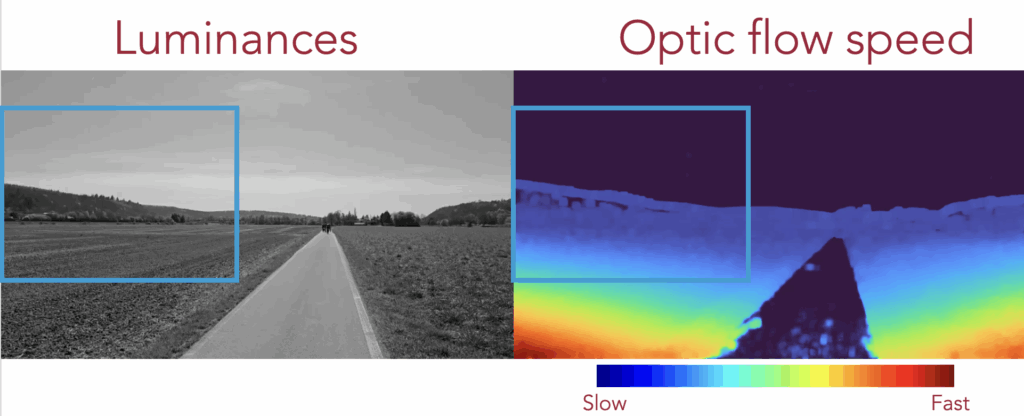
Finally, Wenbin gave a great talk about saccadic suppression. In our previous work (see, for example, Idrees et al., 2020), we had several studies on saccadic suppression. Here, Wenbin compared saccadic suppression in the SC and V1, with a twist. He considered dark stimulus contrasts, like shadows. He found something remarkable: there is no saccadic suppression for these stimuli in V1! We think that this allows V1 to maintain faithful transmission of dark stimulus contrast information to downstream brain circuits, with or without rapid eye movements. This idea corroborates the importance of dark stimuli in natural scenes. For example, dark stimuli indicate foreground objects casting shadows (e.g. birds in the sky), which are ecologically relevant for the visual system. These results are also interesting because they can allow us to identify potential brain loci for different aspects of the perceptual phenomenon of saccadic suppression. For example, in an earlier perceptual study (Baurmann et al., 2021), we had found that saccadic suppression equally affects perception for bright and dark contrasts. When Wenbin repeated the V1 experiments for the SC, he found something similar: strong saccadic suppression for brights and darks. Thus, perceptual detection seems to reflect SC activity but not V1 activity. This is very intriguing, and it allowed Wenbin to start also investigating under which conditions might perceptual saccadic suppression reflect the V1 asymmetry. Stay tuned for exciting follow up studies on this topic!
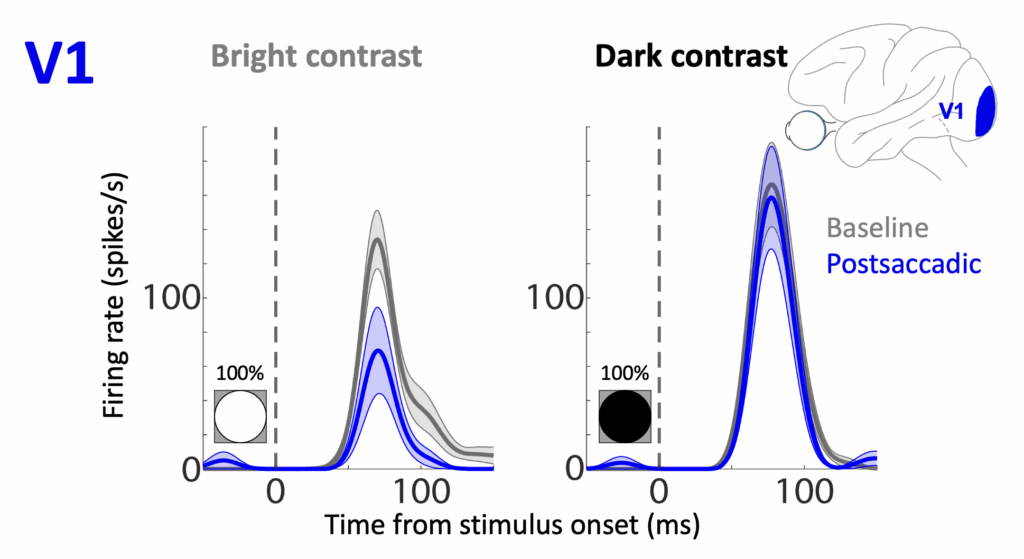
Wenbin should also be congratulated because this was his first ever talk at an international conference, and also because he won a travel award from VSS for attending the conference!
